Cecil Beaton: Royal Photographer
April 21, 2016 marked the 90th birthday of Queen Elizabeth II, the United Kingdom's longest reigning monarch. Media outlets celebrated the milestone with photographic retrospectives of her remarkable life - many of which were captured by Sir Cecil Beaton, who photographed Britain’s Royal Family over four decades. The FIDM Museum is fortunate to have several Beaton prints in our collection, thanks to a generous donation from Joan and Donald Damask. Donald Damask began collecting Cecil Beaton artworks in 2000 while working in London. He admired Beaton’s versatility as an artist who could excel in so many different artistic media. A selection of Beaton’s work, including these royal photographs, were displayed in the 2015 exhibition Inspired Eye, curated by Christina Johnson.
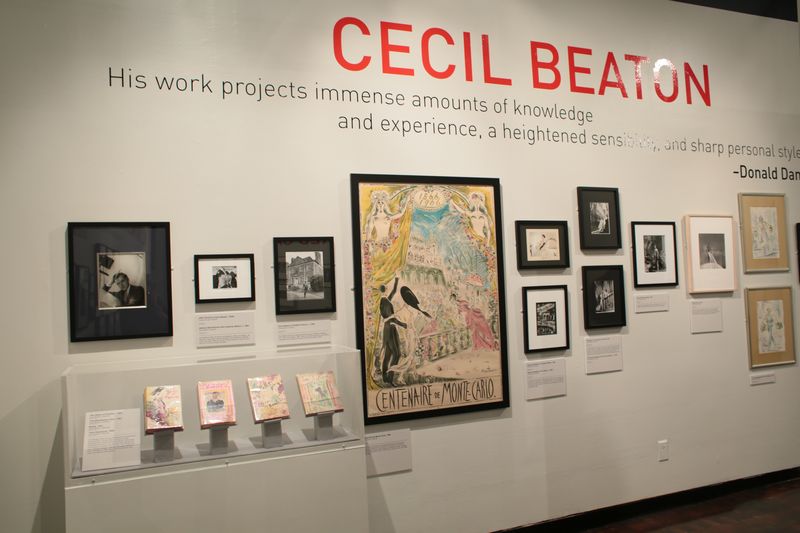 Cecil Beaton in the 2015 FIDM Museum exhibition Inspired Eye: The Joan and Donald Damask Design Collection.
Cecil Beaton in the 2015 FIDM Museum exhibition Inspired Eye: The Joan and Donald Damask Design Collection.
Cecil Beaton was a true aesthete immersed in all aspects of culture and the arts. He worked as a set and costume designer for theater, film, opera, and ballet. He received numerous accolades for his diverse body of work, including Best Art Direction and Best Costume Design Academy Awards for the 1964 film My Fair Lady. Beaton was also a noted author, penning several books throughout his career. Vanity Fair and Vogue utilized his talents as a writer, illustrator, and fashion photographer as early as the 1920s, and his robust relationship with Condé Nast lasted several decades.
Beaton’s photography style was undeniably romantic; he incorporated elaborate backdrops and sets into his work, and often added Victorian antiques as props.[1] Raised as part of the British upper crust, Beaton was comfortable shooting members of high society and Hollywood stars alike. In fact, before he officially took on the role of Royal Photographer, he shot Prince Edward’s wedding to Wallis Simpson in 1937, after he famously abdicated the throne to marry the American divorcée.
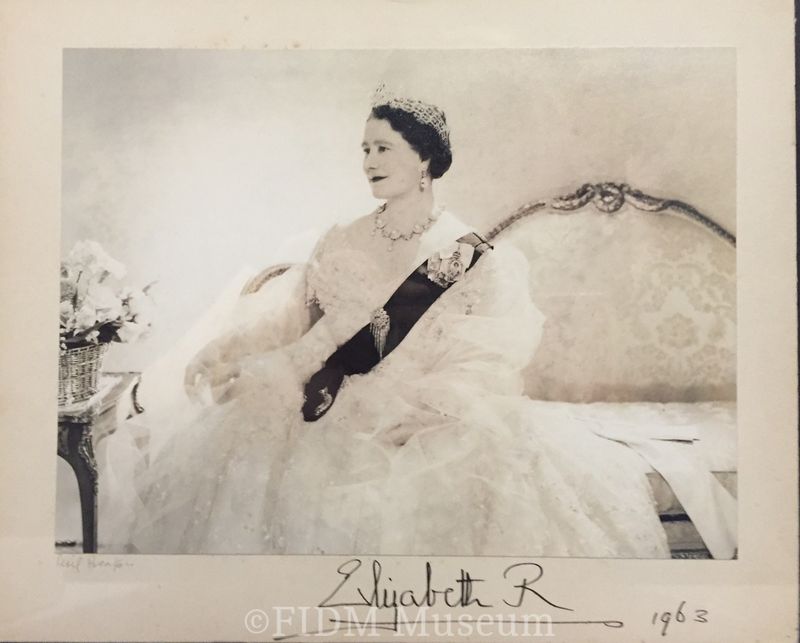 Queen Elizabeth, The Queen Mother
Queen Elizabeth, The Queen Mother
Cecil Beaton, 1963
Gift of Joan Beer Damask & Donald Damask
SC2013.1250.31
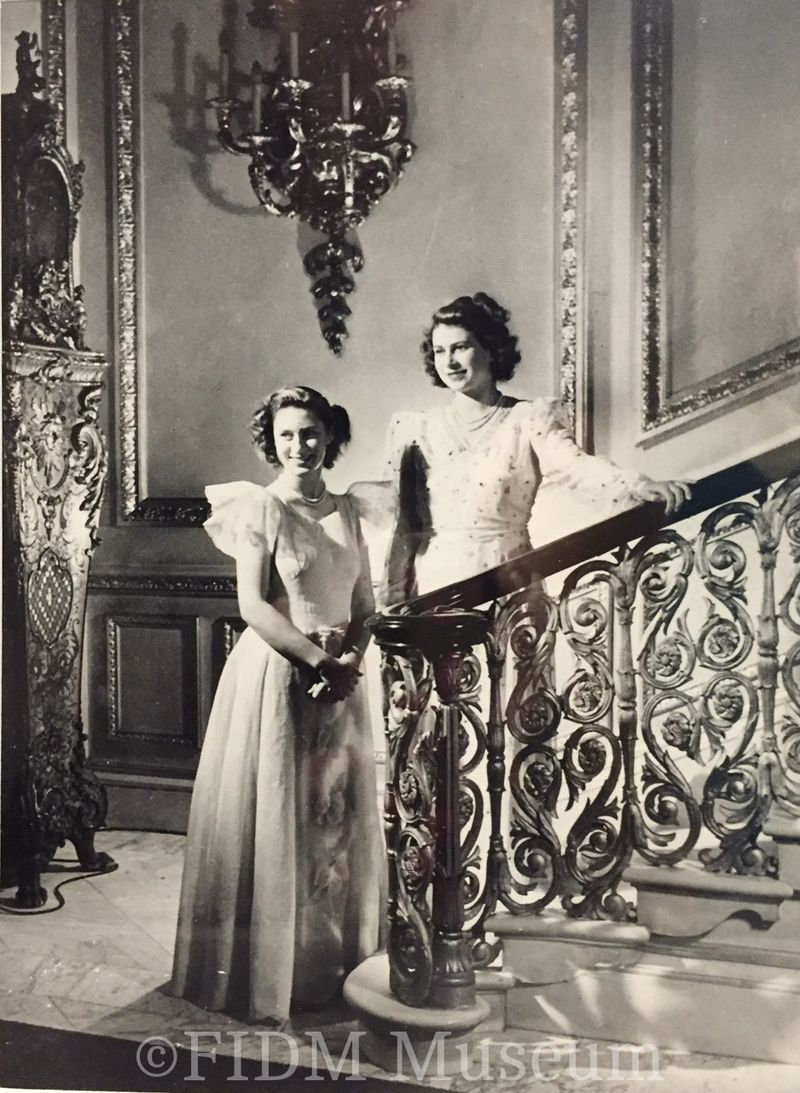 Princesses Elizabeth and Margaret Rose
Princesses Elizabeth and Margaret Rose
Cecil Beaton, c. 1945
Gift of Joan Beer Damask & Donald Damask
SC2013.1250.33
Beaton’s first major royal commission was a 1939 portrait session with Queen Elizabeth, mother of the present Queen Elizabeth II. He recorded the momentous occasion in his diary, a ritual he faithfully maintained throughout his life, writing, “In choosing me to take her photographs, the Queen made a daring innovation...my work was still considered revolutionary and unconventional.”[2] After the abdication crisis rocked the monarchy, the Queen astutely recognized the Royal Family’s need to rejuvenate their public image. Beaton’s photographs softened the family, revealing a level of intimacy the public had never witnessed in official royal portraits. As Britain marched into World War II, these relatable photographs helped the public feel connected to the Royal Family during a time of deep uncertainty.
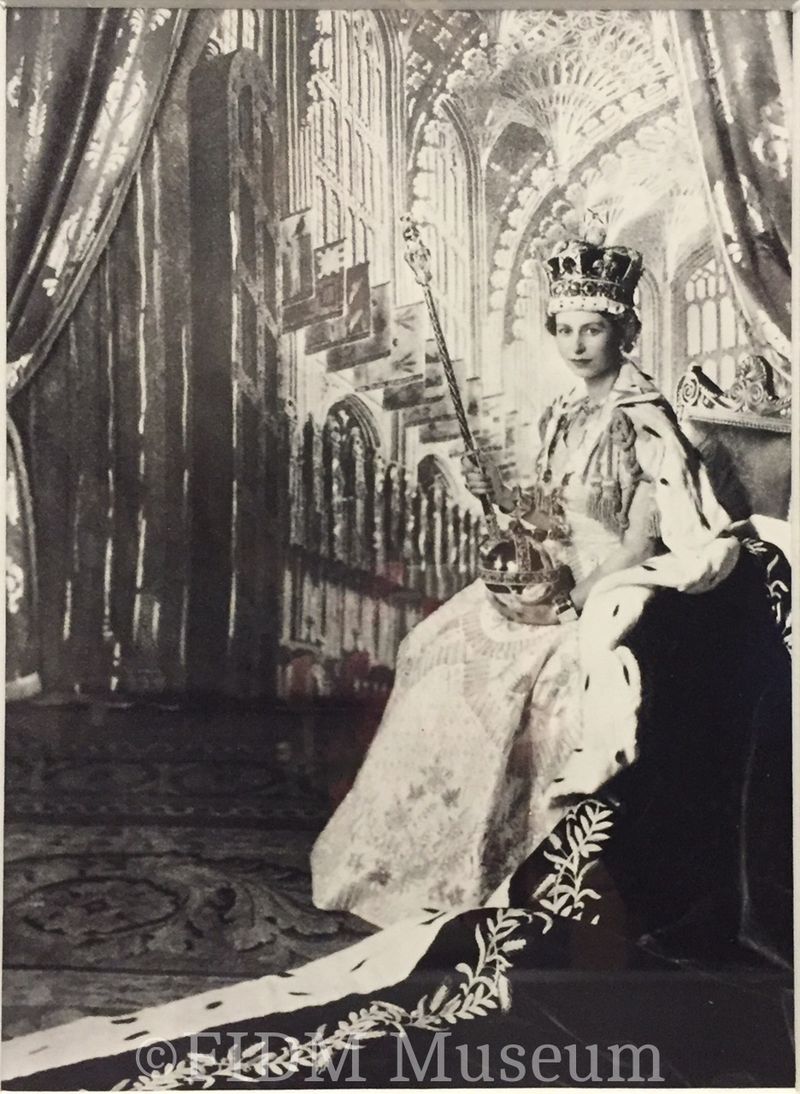 Queen Elizabeth II Coronation Portrait
Queen Elizabeth II Coronation Portrait
Cecil Beaton, 1953
Gift of Joan Beer Damask & Donald Damask
SC2013.1250.29
Charm, wit, and an impressive knowledge of history endeared Beaton to the Royal Family, and they called on his services for both official occasions and quiet family moments. He was the first to photograph Prince Charles after his birth in 1948, and later documented the Queen with all four of her children. The highlight of his royal career came on June 2, 1953 during Queen Elizabeth II’s coronation. Beaton took the new Queen’s official portrait, and was given only twenty minutes for the important sitting. Although it looks as though she is seated in Westminster Abbey, where the ceremony occurred, the Queen is actually posing in a drawing room at Buckingham Palace with a painted backdrop behind her.
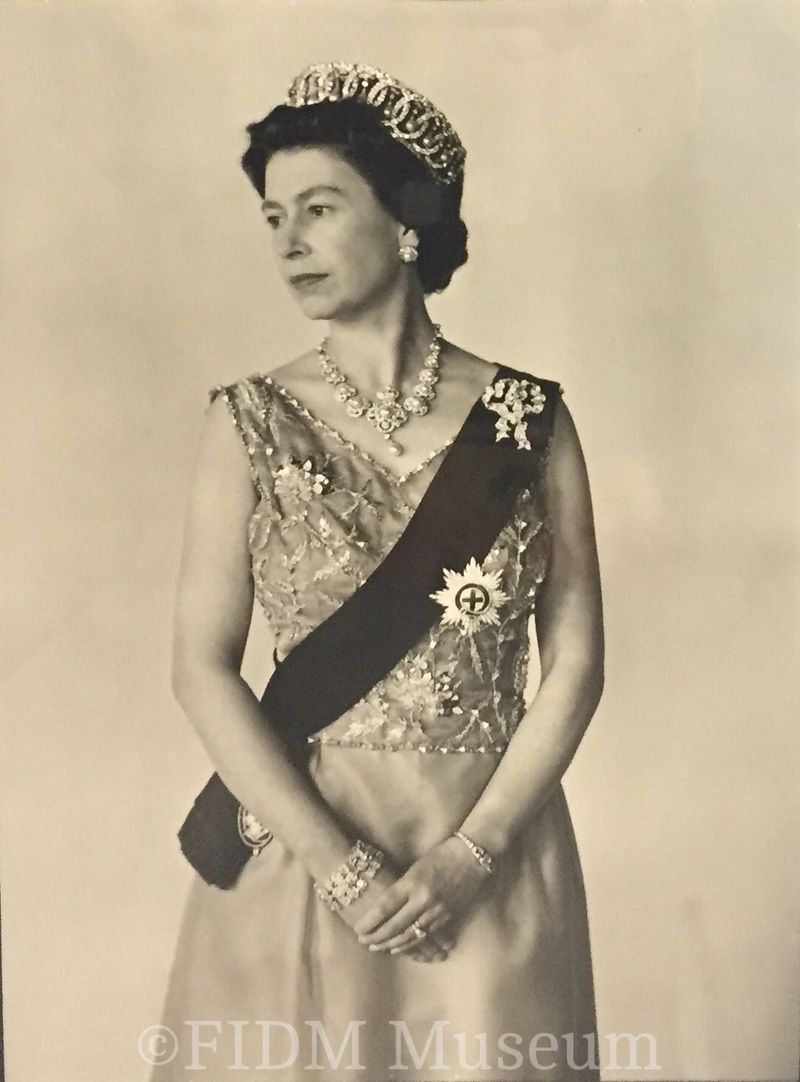 Queen Elizabeth II
Queen Elizabeth II
Cecil Beaton, 1960s
Gift of Joan Beer Damask & Donald Damask
SC2013.1250.34
In his later portraits of Queen Elizabeth II, Beaton introduced a simple, dramatic aesthetic to his work.[3] This 1960s photograph shows the Queen standing against a plain white background, with contrast and shadow giving additional dimension to the stark setting. Her face is turned to the side, with the full weight of her position playing out in her pensive expression. The portrait is graceful, thoughtful, and mature – a perfect reflection of the Queen.
Beaton continued to work with the Royal Family into the 1970s, albeit less frequently, and he maintained a friendly relationship with the Queen. In 1963, he sent her his first book of royal portraits; she replied with a letter, stating, “My dear Mr Beaton...I feel that as a family, we must be deeply grateful to you for producing us, as really quite nice and real people!”[4]
[1] Nancy Hall-Duncan, The History of Fashion Photography (New York: Alpine Book Company, Inc., 1977), 112.
[2] Roya Nikkah, “How Cecil Beaton Helped Save the Queen,” The Telegraph, January 7, 2012, http://www.telegraph.co.uk/news/uknews/queen-elizabeth-II/8994528/How-Cecil-Beaton-helped-save-the-Queen.html.
[3] “Cecil Beaton: about the Exhibition,” Victoria and Albert Museum, http://www.vam.ac.uk/content/exhibitions/cecilbeaton/about-the-exhibition/.
[4] Nikkah, “How Cecil Beaton Helped Save the Queen.”